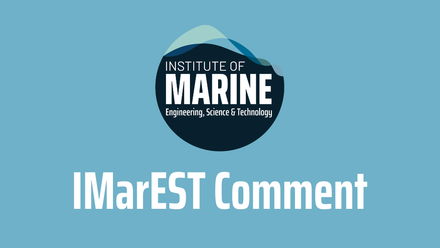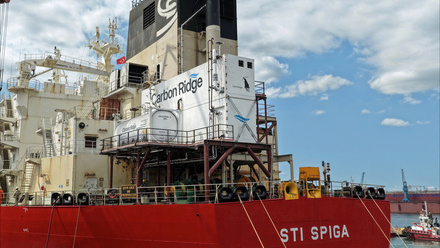Producing shipping’s dream fuel on board
IMarEST Fellow and ship surveyor, MD Alamgir, says ‘green’ fuels will ideally be produced on ships.
Over 300 million metric tonnes of fuel oil is used in shipping every year. These emissions cause global warming, the melting of polar ice, damage to eco diversity, and eventually threatens our existence.
The IMO revised its greenhouse gas (GHG) strategy in 2023, strengthening the ambitions for international shipping. The new targets included a 20% reduction in emissions by 2030, a 70% reduction by 2040 (compared with 2008 levels), and the goal of achieving net zero emissions by 2050. Such regulatory requirements have spurred a fuel technology transition in the industry, with alternative fuels being one of the ways to decarbonise shipping.
This is where dream fuels come in. A dream fuel will be such that it does not emit any pollutant gas, and at the same time it is available and affordable worldwide in terms of safety, production and bunker facility. And ideally it will be produced on board.
International rules to reduce GHG emissions
The IMO also adopted new amendments to the International Convention for the Prevention of Pollution from Ships (MARPOL) in 2024. A ship’s energy efficiency can be measured by its Carbon Intensity Indicator (CII), given in grammes of carbon dioxide emitted per cargo-carrying capacity and nautical mile.
The CII calculation requires shipowners to submit a fuel consumption report for every calendar year. The more fuel consumed, the higher the CII rating will be, resulting in a poor rating for the vessel. There are 5 ratings, namely A, B, C, D, E. The ratings A, B, C are considered acceptable.
But if the vessel is rated E in a year, or rated D for three consecutive years, corrective action is to be proposed and accepted by the flag administration or recognised organisation on behalf of the flag administration.
The challenges of moving to carbon neutral fuels
According to DNV’s latest ‘Maritime Forecast to 2050’, meeting the IMO GHG goal for 2030 will require shipping to secure 30–40% of the estimated annual global supply of carbon neutral fuels by then – a daunting, nearly impossible task considering that other sectors will compete for the same fuel supply.
The transition to carbon-neutral fuels also presents challenges in developing the global production and distribution infrastructures, transportation facilities, and the complex modification of engines and fuel systems to accommodate such fuels.
Welcome to future fuels
Alternative fuels such as LNG (liquefied natural gas), LPG (liquefied petroleum gas), ammonia, e-methanol, biofuels, green hydrogen, solar, wind and nuclear are being widely discussed in the maritime industry. However, it still seems to be a long way to go before it becomes clear which of these fuels will prove to be viable for shipping in terms of safety, cost and availability.
Meanwhile, as engineers, we would like to have a dream of a future fuel that will possibly be produced and used directly onboard. For example, hydrogen can be generated by the electrolysis of seawater using solar, wind or wave energy. E-methanol might be produced on board by synthesising hydrogen extracted from seawater with CO2 captured from engine exhaust gases.
Or perhaps carbon-free ammonia (NH3) can be made using hydrogen from seawater mixed with nitrogen from air.
All views contained within this article represent those of the author, and not necessarily of the IMarEST.
Listen to the IMarEST’s podcast episode on alternative fuels.
Tell us what you think about this article by joining the discussion on IMarEST Connect.
Image: Laura Mærsk, the world's first methanol enabled container vessel, moored in Copenhagen harbour. Credit: Shutterstock.






